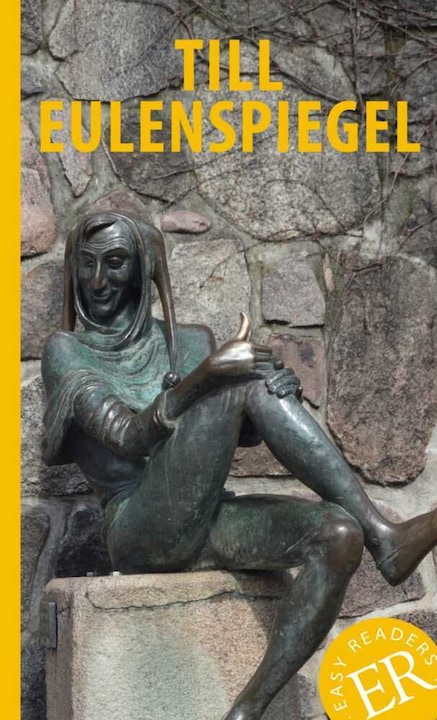

Retro news: Richard Strauss created a homage to the villain Till Eulenspiegel
The vagabond Till Eulenspiegel roamed around the houses and made jokes at the expense of his fellow human beings. Richard Strauss took this as the inspiration for his symphonic poem "Till Eulenspiegel's Merry Pranks", which was premiered on 5 November 1895.
The nobility and the church were the target of Till Eulenspiegel's jokes and vulgarities: he made no friends this way, but he remains unforgotten nonetheless. According to tradition, he mainly played his pranks in Braunschweig in the 14th century. The writer Hermann Bote (1467-1520) summarised his pranks, which are still very popular today.
Bote describes a total of 96 of Eulenspiegel's pranks and stories: how he fooled people, cheated, swindled, swindled, blackmailed and took on odd jobs. His favourite audience: princes and clergymen. He often played dumb and misunderstood instructions on purpose.
Inspiration for Strauss' most frequently performed work
Richard Strauss initially wanted to write an opera based on the tales and stories surrounding the character, but then decided in favour of a symphonic poem. Today, "Till Eulenspiegel's Merry Pranks" is one of Strauss' most frequently performed and most popular compositions. Not only that: the work, which only lasts 15 minutes, is one of the most frequently performed orchestral works ever. Richard Strauss was 30 years old when he composed it. The plot is told purely musically, there is no prescribed stage design.
Tragedy and humour through expressive instruments
The first prank of the poem: Till Eulenspiegel destroys the pots of the market women by riding a horse through the centre of the market. Strauss tells the story of Eulenspiegel - and his tragic end on the gallows - with instruments such as the clarinet, horn and double bass, whereby the rather dissimilar instruments of clarinet and horn are intended to show the contradictory character of Till Eulenspiegel.
The world premiere was performed by the Cologne Gürzenich Orchestra under the direction of conductor Franz Wüllner on 5 November 1895.
Not only the fascination for Strauss' masterpiece, but also for the saga of the cheeky young man never ceases: People still make an annual pilgrimage to Mölln in Schleswig-Holstein to touch the golden thumb of the Till Eulenspiegel sculpture. Touching the figure, which has become a tourist magnet, is said to bring good luck.
Cover image: Markus Spiske/UnsplashA true local journalist with a secret soft spot for German pop music. Mum of two boys, a dog and about 400 toy cars in all shapes and colours. I always enjoy travelling, reading and go to concerts, too.

